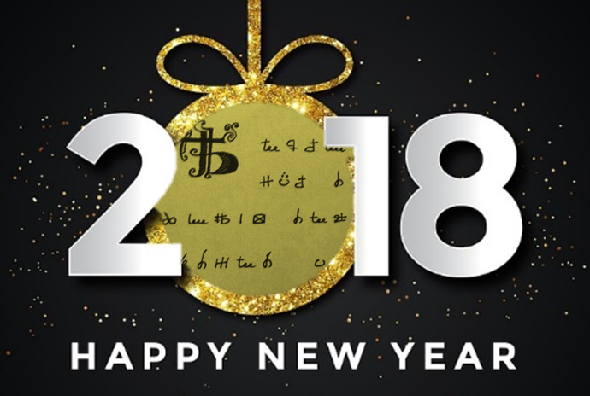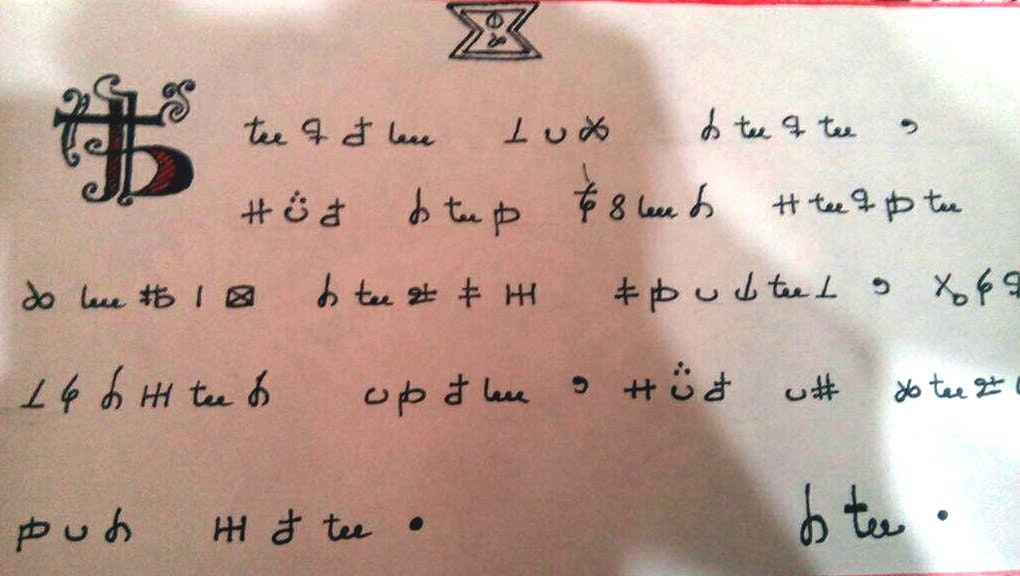A Reddit user has found an encrypted message written in a dictionary. Can a reader break this cryptogram?
First of all, I wish all my readers a Happy New Year 2018!
The dictionary cryptogram
My first blog article in 2018 is about an unsolved ciphertext that was posted on Reddit a few weeks ago. Here it is:
Reddit user RonnieMays published this cryptogram last November in the /r/codes forum. It is written as a dedication in a Chinese dictionary. The text doesn’t look Asian to me. My guess is that it is a message in a European language (English?) encrypted in a monoalphabetic substitution cipher (MASC). Here’s a transcription posted by another Reddit user:
ABCDE FGH IBCDI , JUD IBK LMEI JBCKB NEAOP IBQRS RKGTBF VW(C?) FWISBI DKDEI, JUD GX HBQ(G?) KGI SDB. IB.
Analysis
The dictionary crptogram, as I will call this ciphertext, consists of 75 letters. Here’s a frequency analysis made with CrypTool 2:
In my view, these freqeuncies are consistent with a MASC applied on an English plaintext. The Index of Coincidence (i.e., the probability that two randomly drawn letters are equal) is 4.8 percent. This is considerably lower than the Index of Coincidence of an ordinary English text (6.7 percent). This difference might be due to abbreviations the author used or some similar effect.
It is, of course, also possible that this message was written in a different language than English. Here are few Index of Coincidence values of common languages (source: dCode):
- English: 6.7 percent
- French: 7.8 percent
- German: 7.6 percent
- Spanish: 7.7 percent
- Italian: 7.4 percent
- Russian: 5.3 percent
Do the most frequent letters in the ciphertext (B and I) stand for E and T? If so, we can substitute a few letters in the cryptogram:
aEcde fgh TEcdT , jud TEk lmeT jEckE neaop TEqrs rkgtEf vw(c?) fwTsET dkdeT, jud gx hEq(g?) kgT sdE. TE.
This interim status doesn’t look very promising, as the expressions TEcdT and TEk don’t decrypt to common English words. If we switch the meanings of E and T (i.e., B=T, E=E), it doesn’t get better, as expressions like TEcdE or ETk don’t make much sense.
As far as I see, the dictionary crptogram doesn’t contain a word with a letter pattern that is unusual enough to be identified.
Apparently, this cryptogram is a little more difficult than it looks like at first view. Can a reader break it anyway?
Follow @KlausSchmeh
Further reading: Who can solve this encrypted diary entry?
Linkedin: https://www.linkedin.com/groups/13501820
Facebook: https://www.facebook.com/groups/763282653806483/





Kommentare (5)